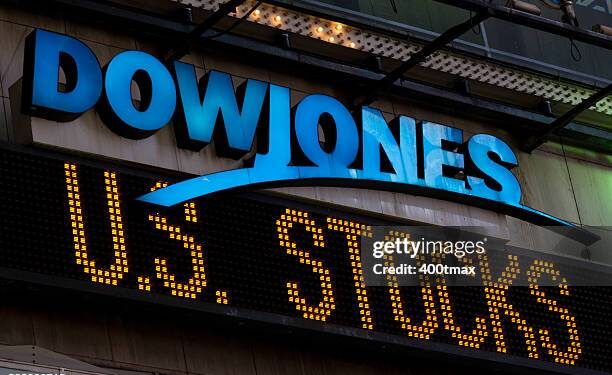On Friday, September 21, 2001, the Dow Jones Industrial Average (DJIA) closed at 8,235.81 points, marking the end of one of the most volatile weeks in U.S. stock market history. This particular day was significant as it concluded the first full week of trading following the September 11 terrorist attacks.
The DJIA finished the day down 140.40 points, or 1.68%, reflecting the continued uncertainty in the markets. Over the course of the week, the Dow had experienced a dramatic decline, losing approximately 14.3% of its value – the largest weekly percentage drop since the Great Depression. This substantial loss underscored the profound impact of the recent events on investor confidence and market stability.
Trading volume remained high on September 21, indicating ongoing investor anxiety and market volatility. The day’s performance was characterized by mixed sector results. Defense and security-related stocks continued to show strength, benefiting from expectations of increased government spending in these areas. Conversely, airlines, insurance companies, and travel-related stocks remained under pressure, still grappling with the immediate and potential long-term effects of the attacks. Financial stocks presented a mixed picture, with some showing signs of rebounding from earlier losses.
While the day saw another decline, the pace of selling had slowed compared to earlier in the week, suggesting a degree of stabilization. This relative calm provided a glimmer of hope that the market might be beginning to find its footing after the initial shock.
The global context was important to consider, as other major world markets also experienced declines, with European and Asian indices generally finishing lower. This global downturn reflected the far-reaching economic implications of the events in the United States.
On the economic front, the day saw the release of August’s Consumer Price Index (CPI), which showed a slight decline. This data potentially gave the Federal Reserve more room for further interest rate cuts, a tool they had already employed earlier in the week to boost economic confidence.
Government response played a role in market sentiment, with ongoing discussions about potential economic stimulus packages and airline industry bailouts influencing investor perceptions. These discussions signaled the government’s commitment to supporting the economy through this challenging period.
From a technical analysis perspective, the Dow had broken through several key support levels during the week, leading to increased technical selling. However, it’s worth noting that despite the significant losses, the Dow’s closing value on September 21 remained above its lowest point of the year, which had occurred in March.
The performance of the Dow Jones on September 21, 2001, reflected the ongoing uncertainty and emotional impact of the 9/11 attacks. However, the slowing pace of decline also hinted at the market’s resilience and the beginning of a process of coming to terms with the new geopolitical and economic realities. In the months that followed, the market would gradually recover as confidence in the U.S. economy’s fundamental strength returned.
newshub











Recent Comments